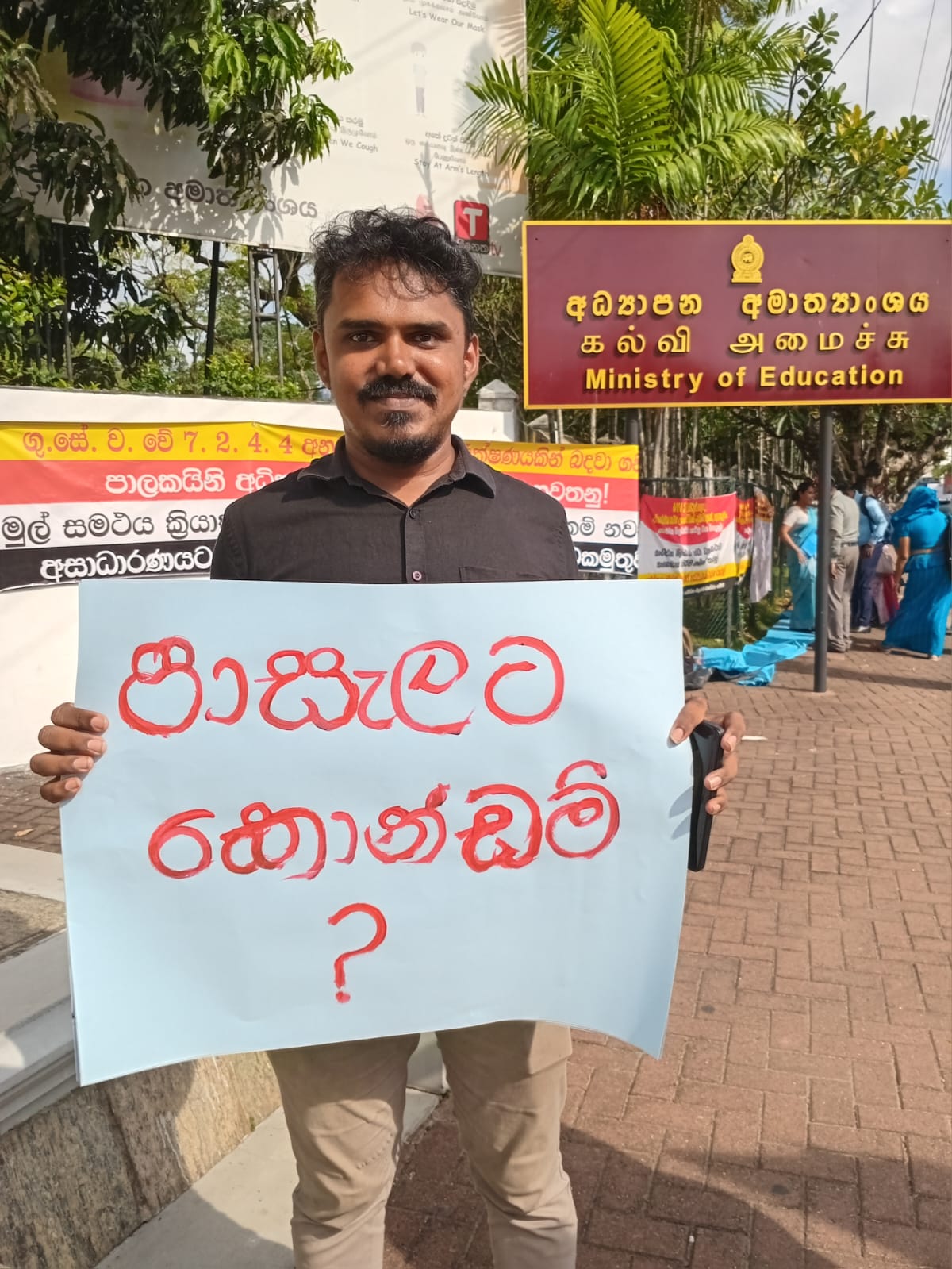Why Did the LTTE Use the Tiger Flag
The Chola Legacy, Imperial Psychology, and Civilizational Subversion
The Liberation Tigers of Tamil Eelam (LTTE) did not randomly choose the tiger as their emblem. This was not just a militant brand. It was a calculated symbol of historical continuity, designed to evoke the imperial power of the Chola dynasty and reframe their separatist agenda as a legitimate restoration of Tamil sovereignty.
The Chola Empire, based in South India, famously used a tiger as its royal banner. This flag was flown during their military invasions of Sri Lanka between the 10th and 11th centuries where they plundered Anuradhapura, desecrated Buddhist shrines, and attempted to occupy the island. The LTTE’s adoption of the same tiger standard was no coincidence. It was an ideological revival.
The Strategic Message Behind the LTTE Flag
1. Historical Legitimacy
By invoking the Chola tiger, the LTTE tried to claim historical sovereignty over Sri Lankan territory. It was framed as a continuation of ancient Tamil rule rather than a modern separatist movement.
2. Imperial Continuity
The Chola dynasty was one of the most militarily powerful empires in South Asia. Referencing their symbol allowed the LTTE to wrap their violent campaign in the cloak of civilizational grandeur.
3. Militant Branding
The tiger represents strength, aggression, and dominance. It was designed to inspire LTTE fighters and simultaneously intimidate the state and Sinhalese population.
4. Cultural Subversion
Most dangerously, the LTTE’s tiger flag symbolically reversed the victories of Sinhalese kings like Dutugemunu, who had defeated the Chola invaders and protected the sovereignty of the island. By flying the tiger once again on Sri Lankan soil, the LTTE was staging a direct challenge to Sri Lanka’s national identity, territorial unity, and Buddhist heritage.
❗The Deeper Meaning
The LTTE’s tiger was more than a logo. It was a civilizational challenge, an attempt to rewrite history by positioning the group as heirs to the Chola empire. This was part of a broader soft-power strategy to legitimize Tamil Eelam not just as a political project but as a cultural and historical restoration.
The world must understand. This flag was a symbolic continuation of Chola aggression dressed up as modern nationalism. And its presence in Sri Lanka was not just a threat to sovereignty but to the memory of every king, monk, and patriot who defended the island from foreign conquest.
Jihan Hameed
The Nationalist 🇱🇰
53 Viewers








